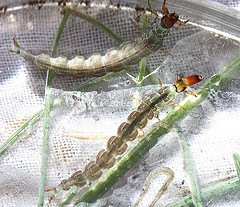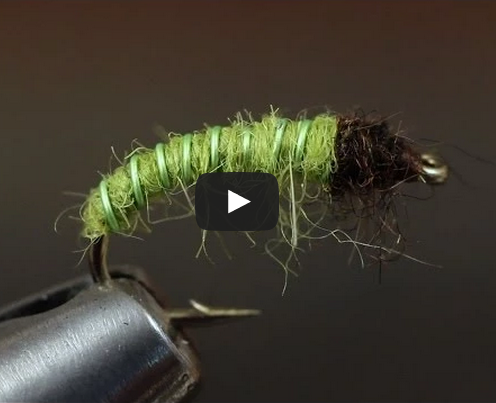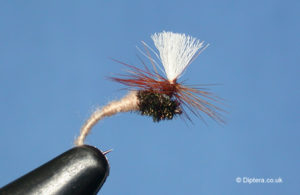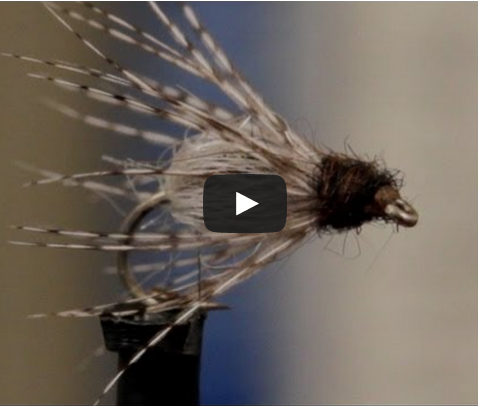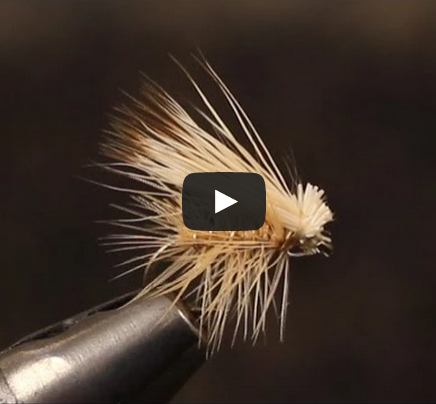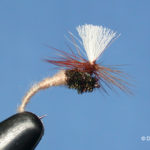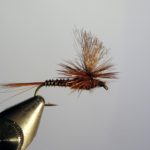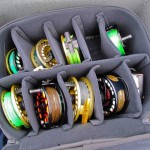While mayflies are often insects that fly fisherman get most excited about, caddis flies are one of the most common types of insect on the water. As a result it is essential to have selection of caddis flies tied in colours and patterns matching the insects on your water. We’re going to talk about how to tie the most common (and effective!) Caddis fly patterns.
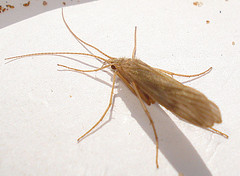
Caddis flies are most plentiful from late spring to early autumn. They can often look like tiny moths fluttering around riverside.
As we described in our mayfly article there are several stages that caddis flies go through in their life-cycle. The first is that of the nymph. The second stage that concerns us is the emerger stage. The third stage is the adult stage. Adult caddis flies live longer than mayflies.
The adult females return to the water to lay their eggs and will either do so by dipping their tail into the water, or swimming to the bottom of the water and releasing their eggs directly onto rocks or other bottom structures.
Nymphs
All caddis flies start their life underwater as eggs. The eggs hatch into nymphs, and these nymphs provide excellent fishing opportunities when there is little surface activity from trout. Caddis nymph patterns are different from mayfly patterns typically in that they have a smoother back and “legs” coming out of the bottom of the fly. Green and brown at the two most common colours for caddis nymphs and are therefore an excellent place to start when tying caddis flies.
This video details how to tie a simple caddis nymph that is super effective.
Caddis fly emerger patterns
As the fly transitions from the nymph stage to the adult stage, it emerges at the surface of the water. If there is a caddis fly hatch going on around you, fishing an emerger pattern will probably be a good idea as these insects make easy pickings for trout and therefore the fish can sometimes become less cautious.
The Klinkhammer that I highlighted in the Mayfly section can also be used to imitate the emerging caddis.
These fly patterns will often be tied in such a way as to trap an air bubble to emulate the emerging fly.
Adult patterns
When tying most adult caddis fly patterns, and you will notice that they have a swept wing style. This emulates the tent style of the caddis’ wings. The elk wing or elk hair caddis pattern is easy to tire and very versatile. This video explains how to tie the Elk Hair Caddis, a great all round caddis pattern.
Summary
This article should have given you a good introduction on how to tie a caddis fly pattern. As with all fly fishing flies it is very easy to get overwhelmed with huge variety of choices available. To give yourself a fighting chance tie or purchase some of these most common flies and they will suit for a wide variety of situations.
As your skills increase and you become more familiar with local patterns you can begin to experiment with the other designs available.
Image credits:Adult Caddis: https://www.flickr.com/photos/micks-wildlife-macros/
Caddis Nymphs: https://www.flickr.com/photos/aquaticinsects_of_central_virginia/
